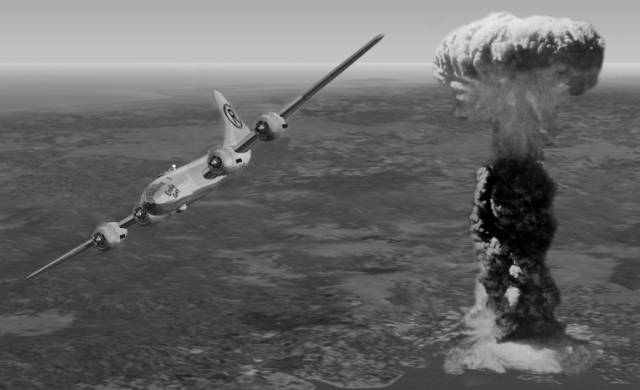A few points of reference.
Since the dawn of commercial nuclear power in the U.S. In 1953, there has not been a single radiation - related death. Not a single case of cancer. Not even a serious case of radiation sickness. Not one.
What is erroneously referred to as "nuclear waste" and gives greenies nightmares is actually spent fuel, which can be reprocessed and used again, essentially forever. The decision not to use this proven technology was political.
Small modular reactors are proven technology, but have not been proven commercially yet, but contracts have been awarded, and it's just a question of a year or two.
Permitting the plants in Georgia and South carolina, if done expeditiously would have taken in the neighborhood of 15 years. The N R C recently modernized the process, expediting the operating permit process, and "shortening" the time frame to about ten years. (Have you ever seen what happens to a construction budget with years of delays, and late design changes to satisfy bureaucratic whims?)
The advent of massive amounts of cheap natural gas has killed Nuke, from an economic standpoint. But if zero-discharge, clean power is the objective, Nuke kicks ass. If we can "afford" $25B for a wall, we can surely subsidize nuclear power and scale back regulations to a rational level, which would dramatically reduce the cost.
Since the dawn of commercial nuclear power in the U.S. In 1953, there has not been a single radiation - related death. Not a single case of cancer. Not even a serious case of radiation sickness. Not one.
What is erroneously referred to as "nuclear waste" and gives greenies nightmares is actually spent fuel, which can be reprocessed and used again, essentially forever. The decision not to use this proven technology was political.
Small modular reactors are proven technology, but have not been proven commercially yet, but contracts have been awarded, and it's just a question of a year or two.
Permitting the plants in Georgia and South carolina, if done expeditiously would have taken in the neighborhood of 15 years. The N R C recently modernized the process, expediting the operating permit process, and "shortening" the time frame to about ten years. (Have you ever seen what happens to a construction budget with years of delays, and late design changes to satisfy bureaucratic whims?)
The advent of massive amounts of cheap natural gas has killed Nuke, from an economic standpoint. But if zero-discharge, clean power is the objective, Nuke kicks ass. If we can "afford" $25B for a wall, we can surely subsidize nuclear power and scale back regulations to a rational level, which would dramatically reduce the cost.

